If you're ready to grow your patient volume and stand out in a competitive healthcare market, cardiology practice marketing is essential in 2025. This guide breaks down strategic, data-driven marketing tactics specifically designed to help cardiologists attract more local patients and build lasting visibility.
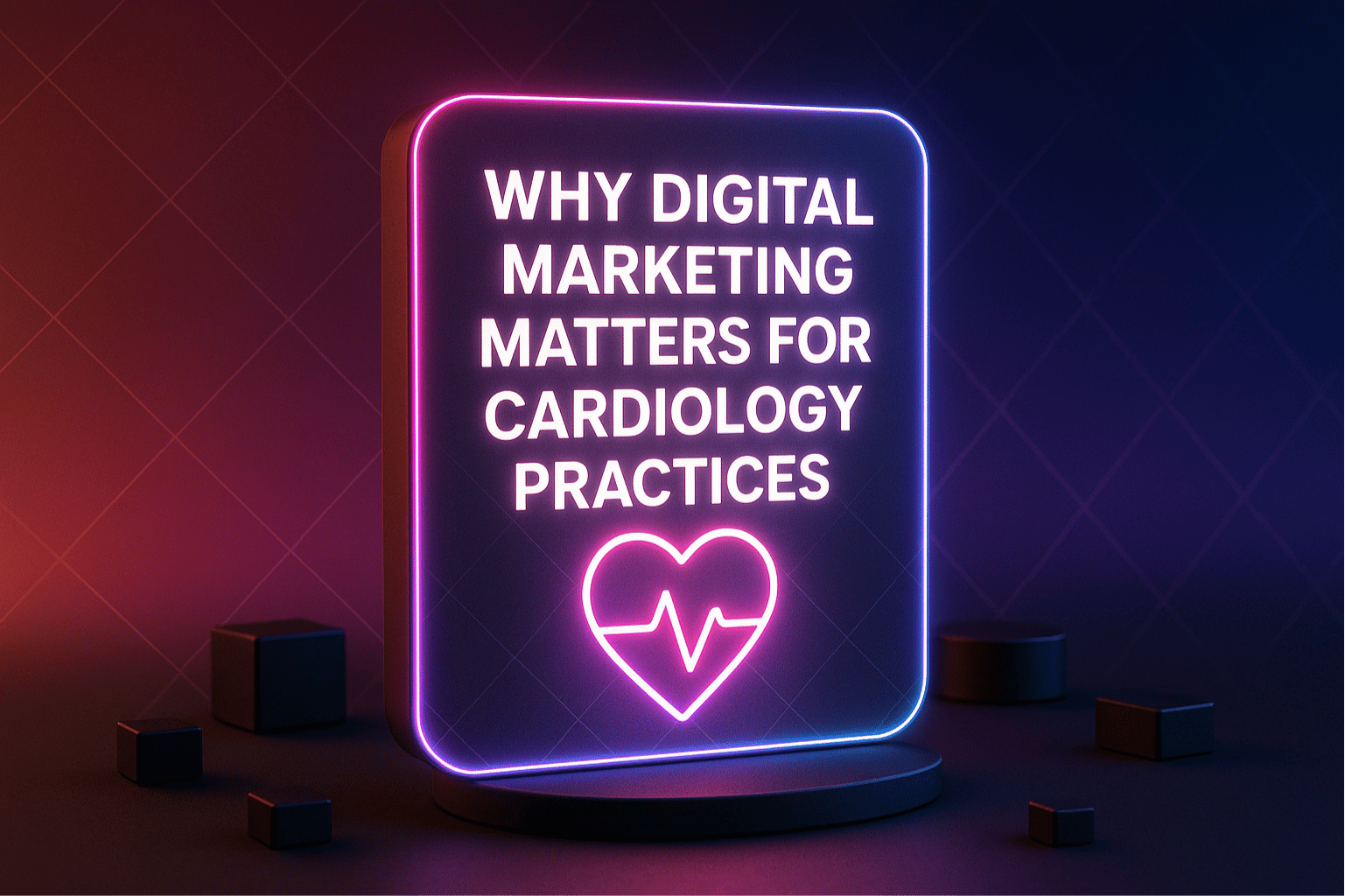
Check our last article: Digital Marketing Services for Cardiology Practices
Create a High-Converting Cardiology Website
Best Website Features for Cardiologists
Your website is more than a digital brochure—it's your most powerful appointment generator. For effective cardiology practice marketing, your site must do more than look good. It needs to be fast, easy to navigate, and built for conversions.
• Make it fast-loading and mobile-friendly so patients can book on the go.
• Include online scheduling with clear, visible CTAs to reduce drop-offs.
• Use HIPAA-compliant forms that protect patient privacy.
• Add trust signals like board certifications, affiliations, and real patient reviews.
• Make navigation intuitive, especially on mobile ✅
Content Strategies That Build Trust
Before patients book, they need to trust you. Helpful, educational content makes your team approachable and authoritative online.
• Create service pages for each condition or treatment (e.g., AFib, stress tests).
• Use doctor bios to showcase both credentials and friendly bedside manner.
• Write blog posts answering heart health FAQs to target awareness-stage searches.
• Share anonymized patient success stories to demonstrate outcomes.
Use Local SEO to Dominate Regional Search
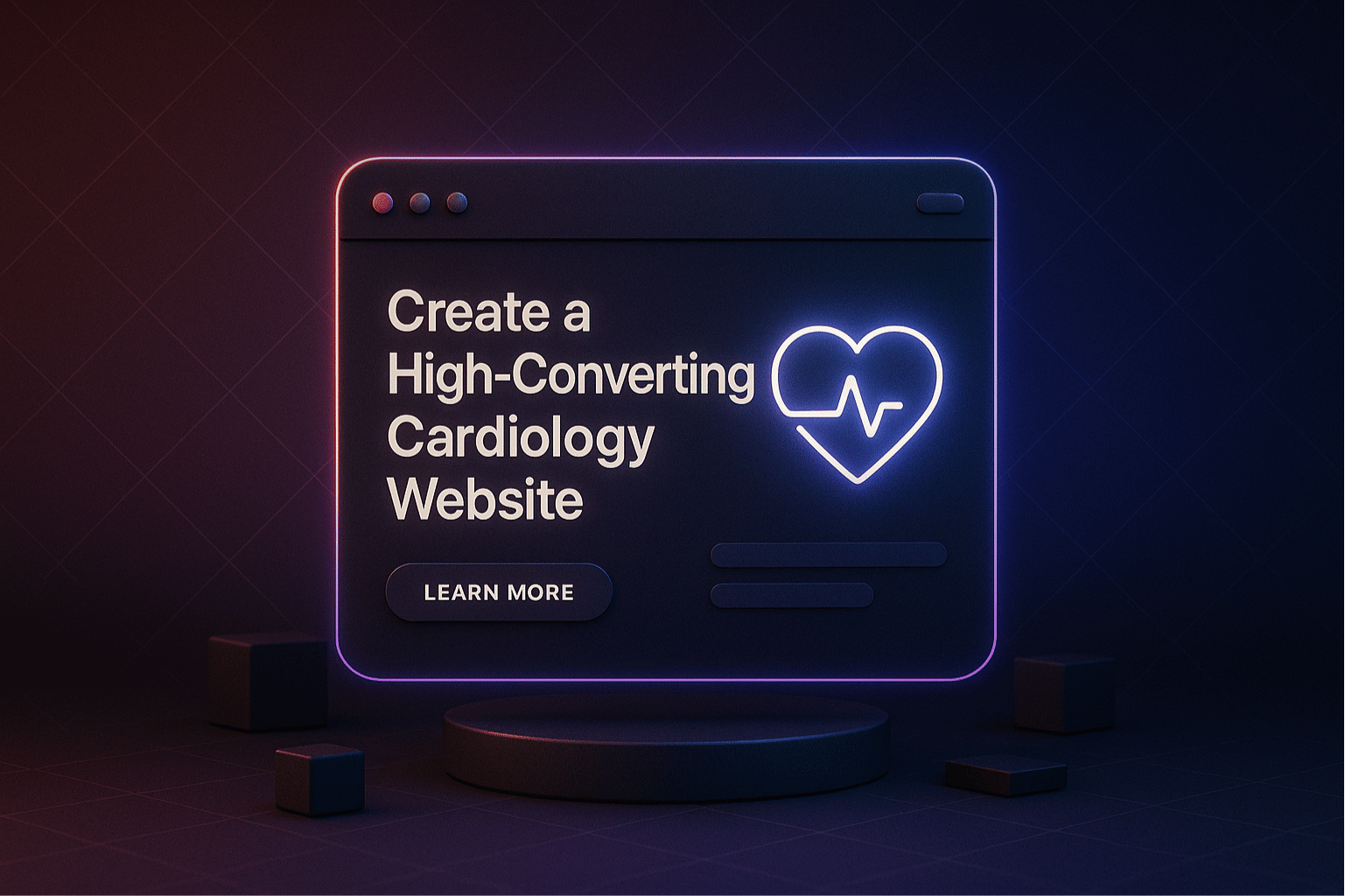
Google Business Profile Optimization
Your Google Business Profile is vital for any local SEO strategy. It often drives more clicks than your website.
• Verify your practice address and make sure your service areas are accurate.
• Add high-quality photos of your clinic, staff, and patient-friendly amenities.
• Keep hours, contact info, and insurance details up to date.
• Respond publicly to reviews and answer Google Q&A promptly.
Local Keyword Targeting and Citations
To rise in search results, you need geography-based content. Combine local keyword use with citations across trusted directories.
• Use location-based terms like “Denver heart doctor” or “Atlanta cardiologist.”
• Submit your practice to medical and local business directories.
• Keep your NAP (name, address, phone) consistent everywhere.
Align Your Marketing with Your Patient Journey
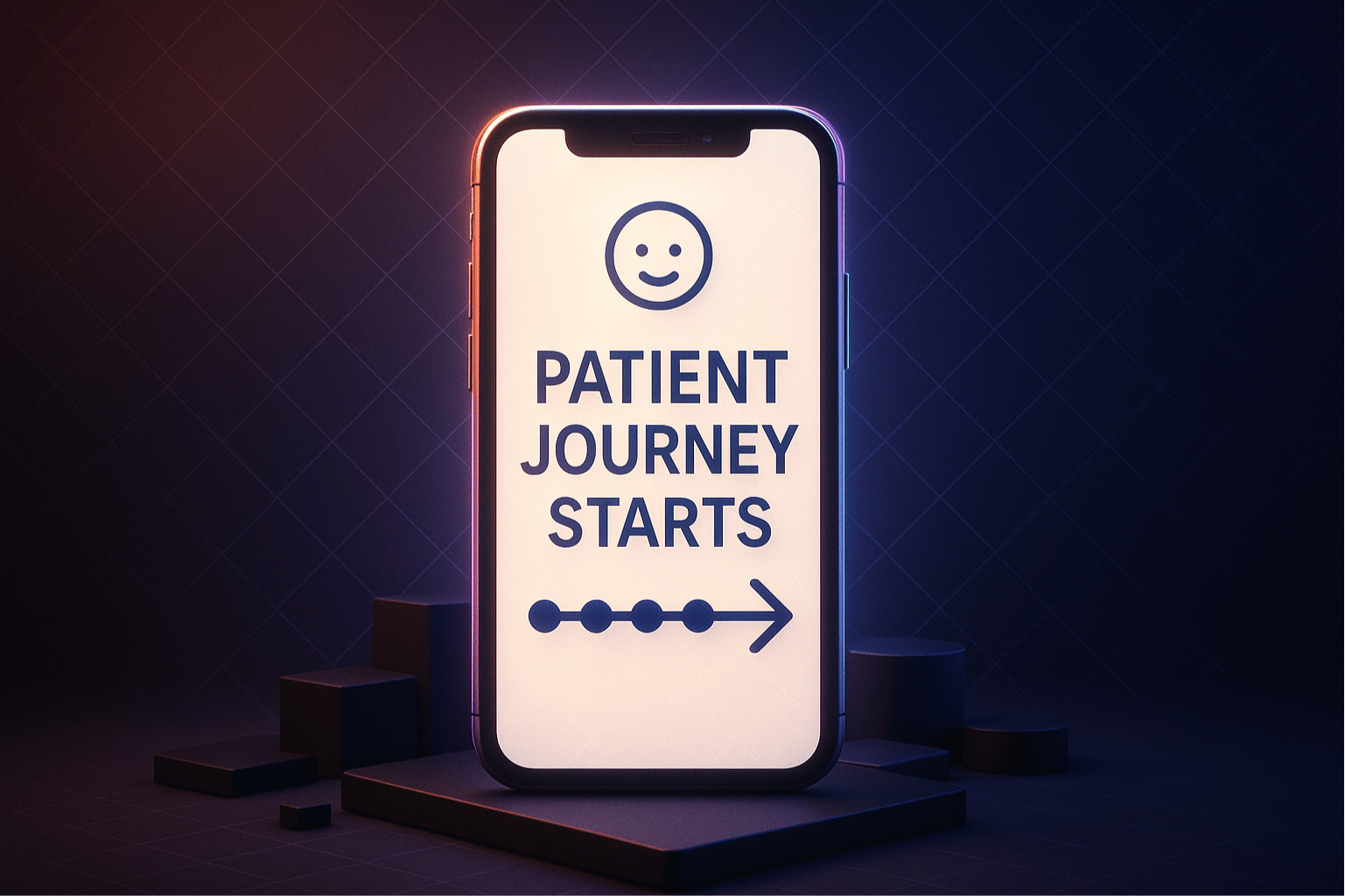
Mapping Touchpoints from Search to Appointment
Every stage of a patient's decision-making process needs tailored messaging. From prevention tips to post-visit reminders, cardiology practice marketing should follow their journey.
• Use awareness content like blogs, videos, or heart health checklists.
• Run ads with appointment incentives for those actively comparing clinics.
• Send helpful reminders and digital forms once they book a visit.
Removing Friction in the Conversion Funnel
If booking feels confusing or lengthy, patients bounce. Reduce conversion friction at every step.
• Enable one-click appointment booking ⚠️ so returning users convert faster.
• Integrate AI chatbots or a live agent to answer simple questions.
• Use minimal fields in contact forms to avoid overwhelming users.
Run Targeted Google Ads Campaigns
Ad Messaging that Converts for Cardiology
Paid advertising targets patients already searching for heart care online. Use Google Ads campaigns that focus on benefits and urgency.
• Write headlines like “No Referral Needed” or “Next-Day EKG Available.”
• Use urgency drivers—limited slots, seasonal checkups, or limited-time screenings.
• Add sitelinks and phone extensions to increase calls and navigation options.
PPC Budgeting and Bidding for Maximum ROI
Smart budget allocation turns advertising from cost to investment. Let your ads work in harmony with broader healthcare marketing strategies.
• Segment campaigns by high-value procedures or accepted insurance plans.
• Use geo-targeting to focus only on your referral zone.
• Track cost per appointment, not just clicks ✅
The best marketing doesn’t promise—it proves.
Manage and Enhance Your Online Reputation
Monitoring Review Platforms and Feedback
Online reviews influence both Google rankings and patient choices. Reputation management isn’t an option—it’s a necessity.
• Claim and fully complete profiles on Google, Zocdoc, and Healthgrades.
• Set up alerts to monitor for new reviews across platforms.
• Respond respectfully and quickly—resolve issues privately when possible.
Encouraging Positive Reviews from Patients
Getting more positive reviews can double your conversions. Make it part of your aftercare process.
• Ask for a review during upbeat follow-up interactions.
• Hand out printed cards or QR codes post-visit.
• Send automated review requests via email campaigns.
Leverage Analytics to Improve Marketing ROI
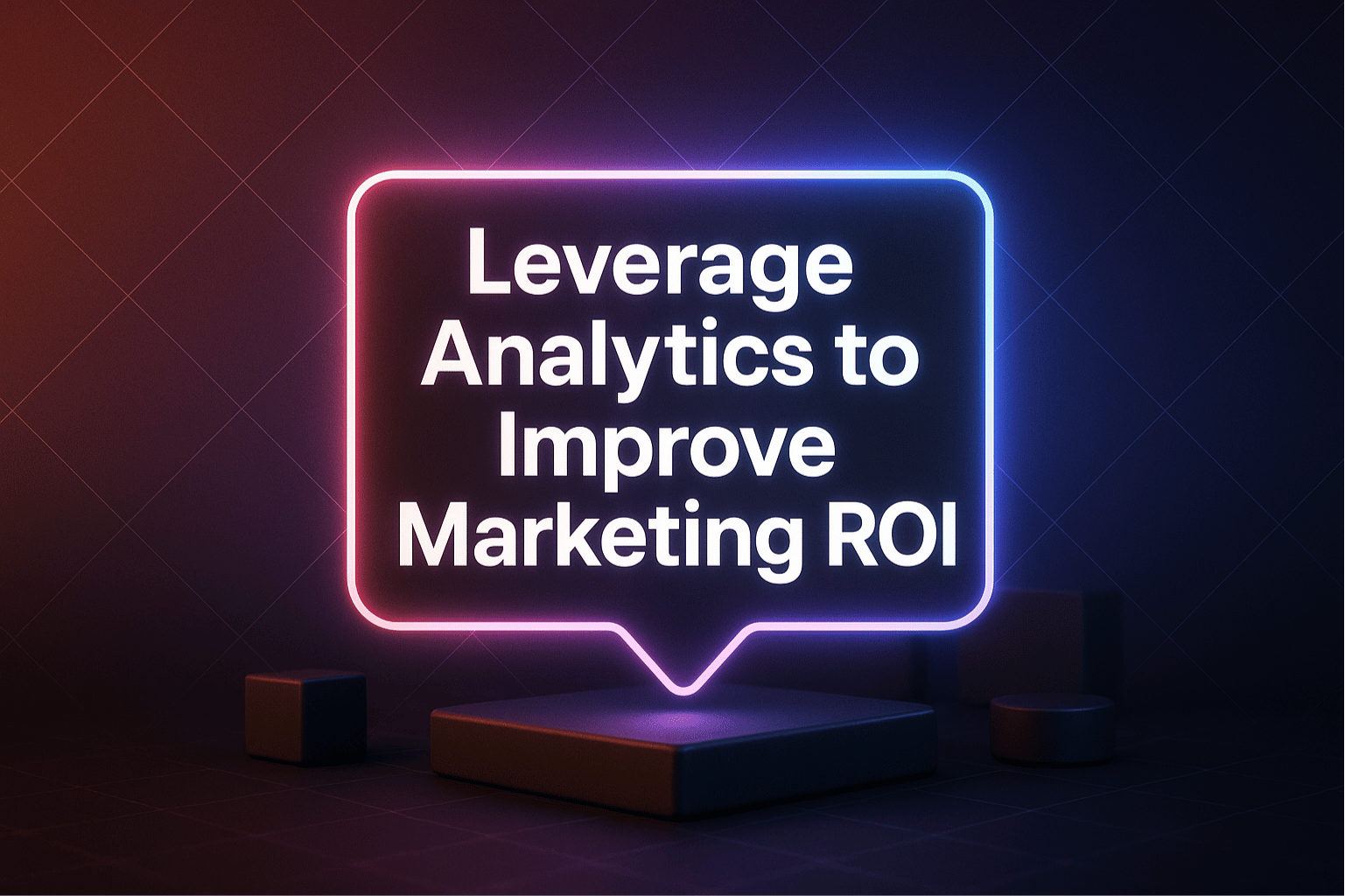
Using Call Tracking and Form Attribution
To improve future campaigns, you need to know what’s working. Measurement should be a pillar of data-driven marketing.
• Assign unique phone numbers to different campaigns to trace call sources.
• Record calls and use them to sharpen your front desk response and tone.
• Tag forms with UTM parameters so you can track which channels convert best.
Setting Up KPIs and Reporting Dashboards
Your metrics should show real value—not just vanity stats. Track what matters for results-driven decision-making.
• Track cost per lead and cost per booked visit ⚠️
• Review service-level bounce rates and average time on page.
• Set up user-friendly dashboards using Google Analytics 4 for daily insights.
Amplify Referrals with Physician Liaison Marketing
Building Relationships with Referring Doctors
Nearly half of patients still find cardiologists through referrals. Personal relationships with providers are essential outreach assets.
• Schedule regular check-ins or lunch-and-learn visits with referring clinics.
• Share patient progress updates to close the loop with physicians ✅
• Host CME events or joint webinars to deepen clinical collaboration.
Creating Effective Outreach Materials
Outreach packets should combine professionalism, clinical proof, and clear instructions.
• Use both digital and printed materials with clear value propositions.
• Include referral steps, accepted insurances, and a direct line to your team.
• Offer co-managed care protocols for complex or chronic cases.
One experience-backed tip: Record front desk calls weekly and review with staff. We've seen practices lift conversion rates by 20% just from tone and timing improvements.
Cardiology practice marketing isn’t about flashy ads. It’s about being clear, available, and trustworthy at every touchpoint. Start small, measure constantly, and scale only what works.
Check our next article: Expert Med Spa Branding to Elevate Your Practice
Schedule your free strategy session today and start growing your cardiology practice with proven marketing techniques.
Cardiology practice marketing
How can cardiology practices use email marketing to boost retention?
What role does video content play in cardiology practice marketing?
Should cardiology practices run social media ads?
How can patient portal data improve marketing strategies?

.svg)
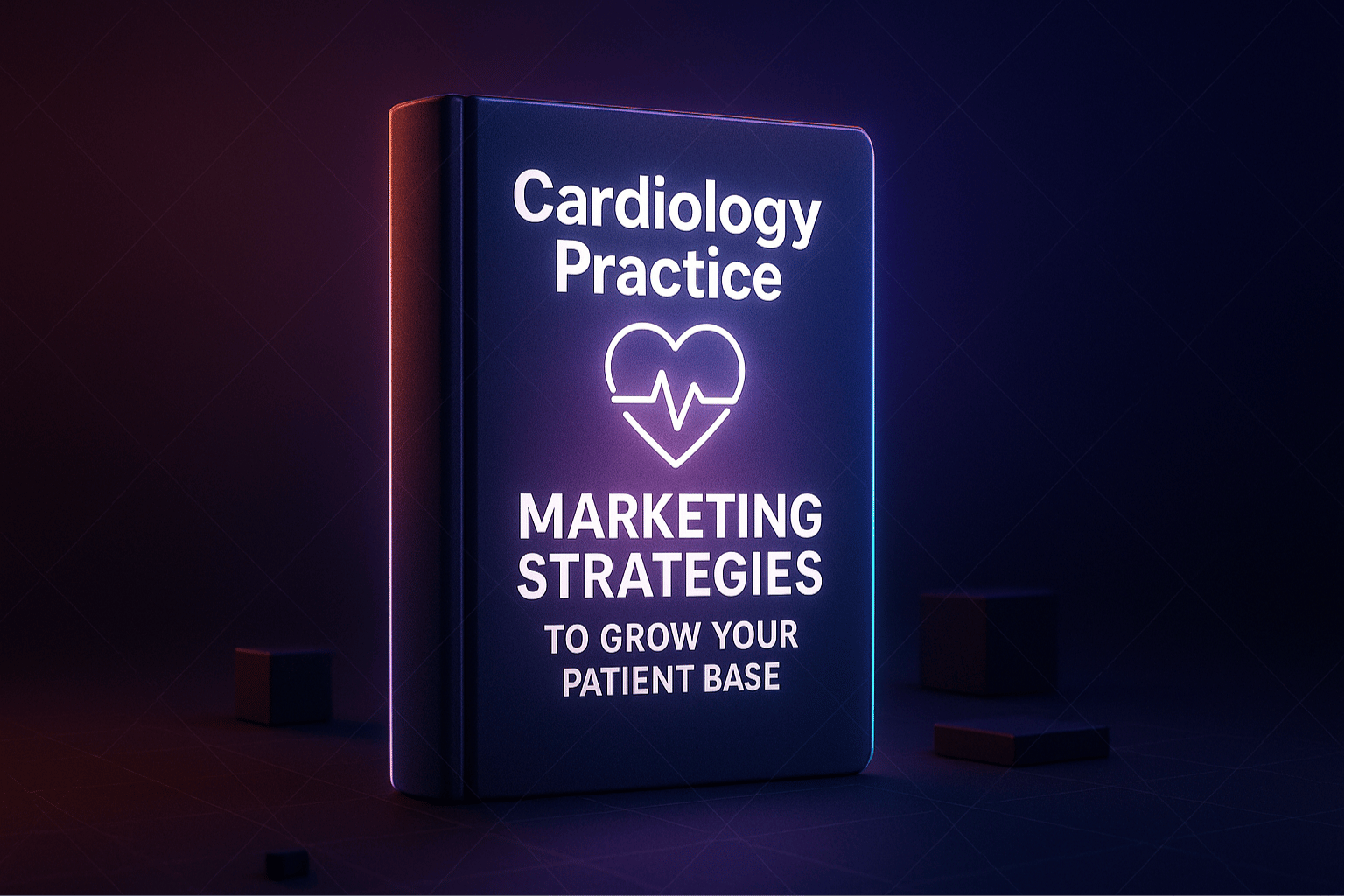

.svg)
